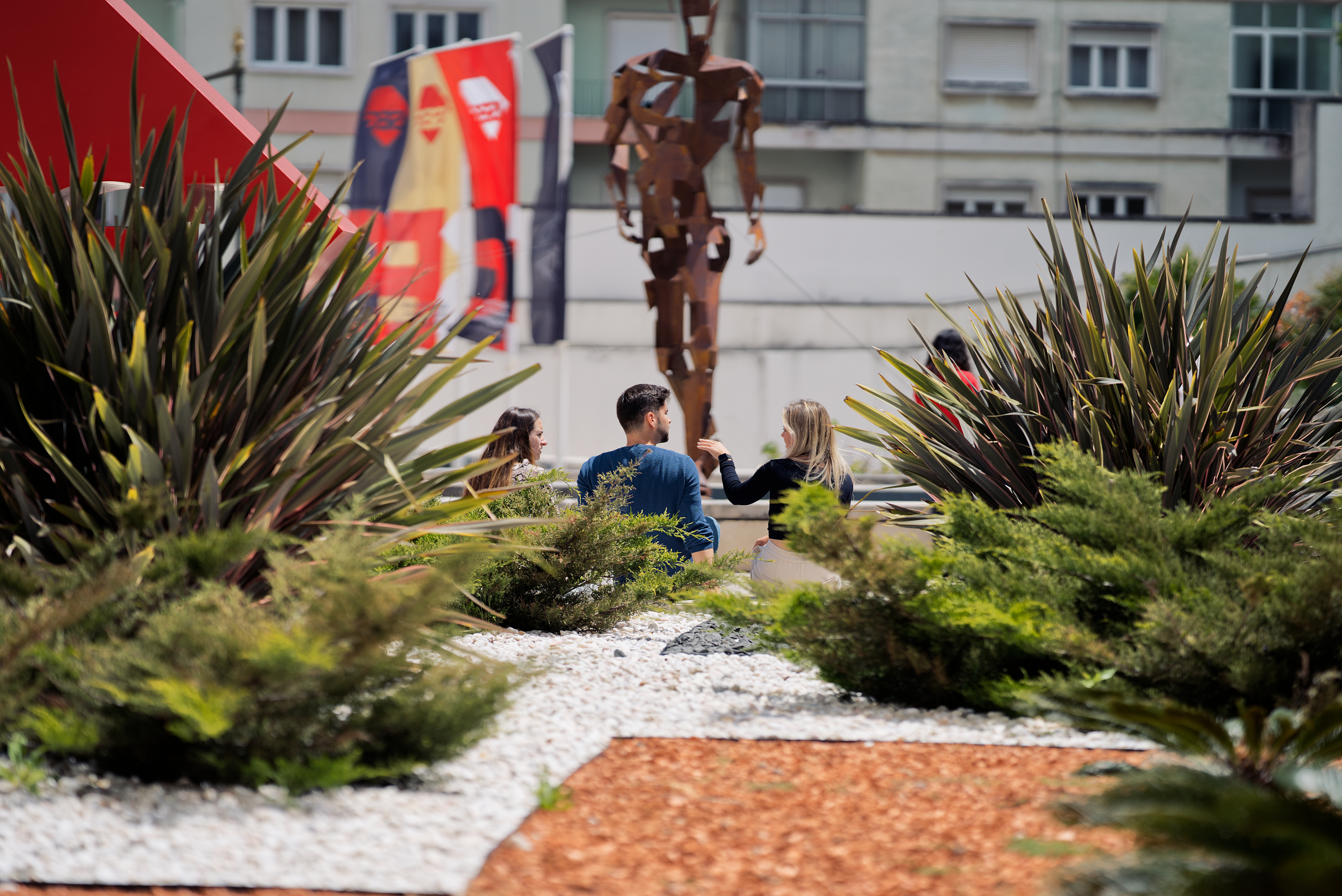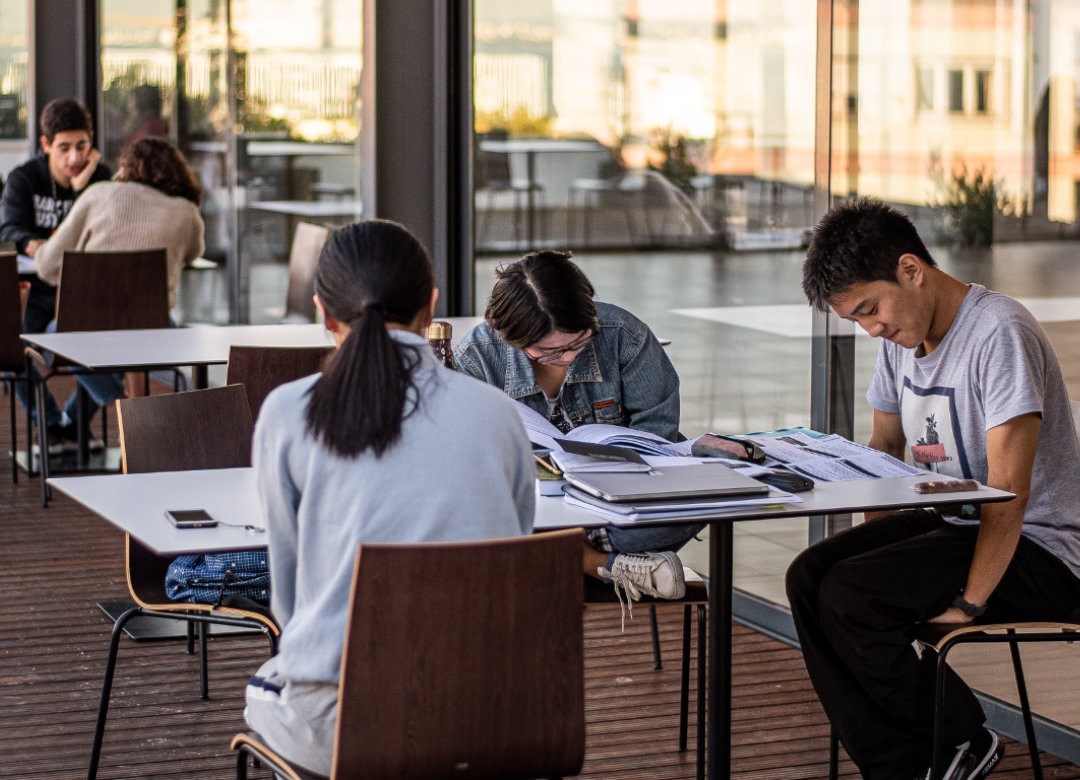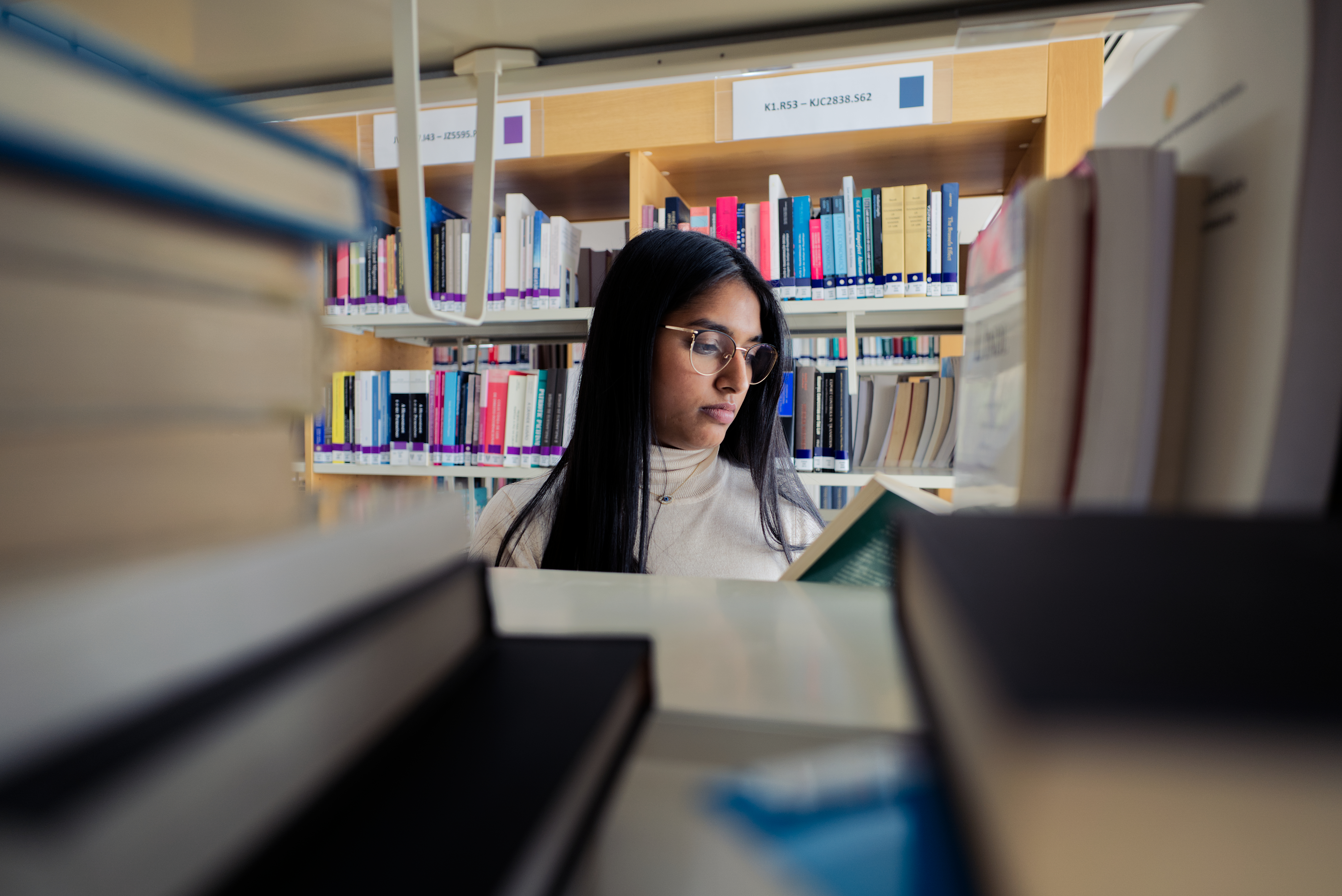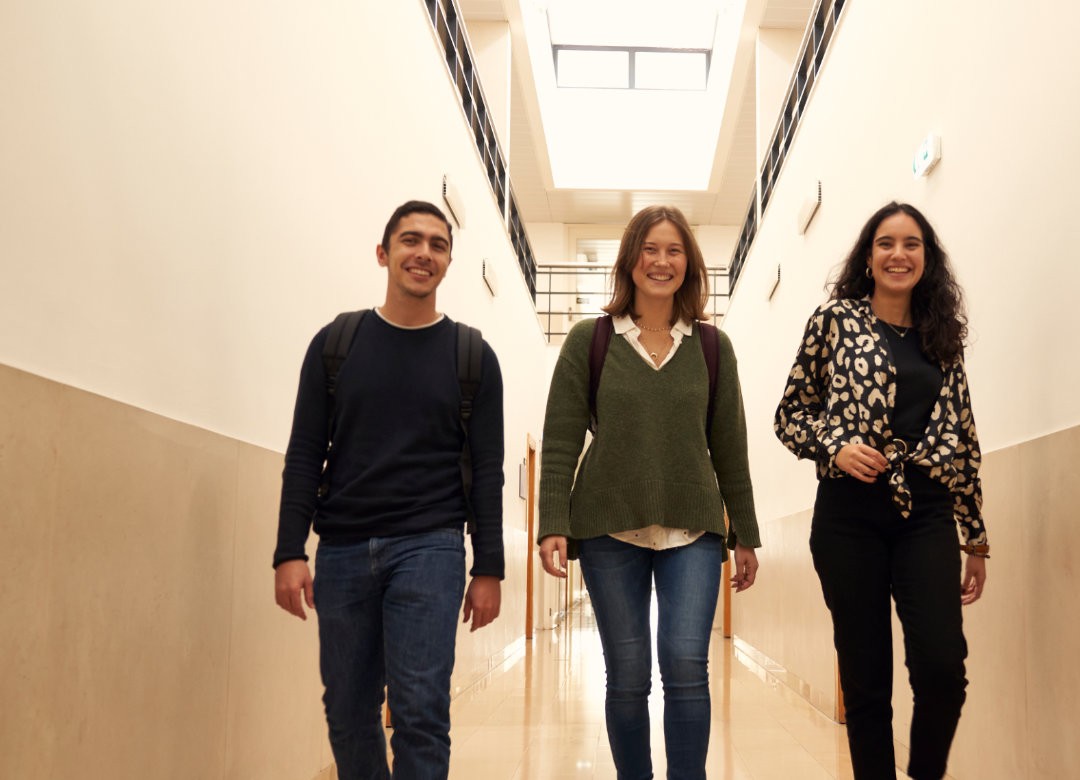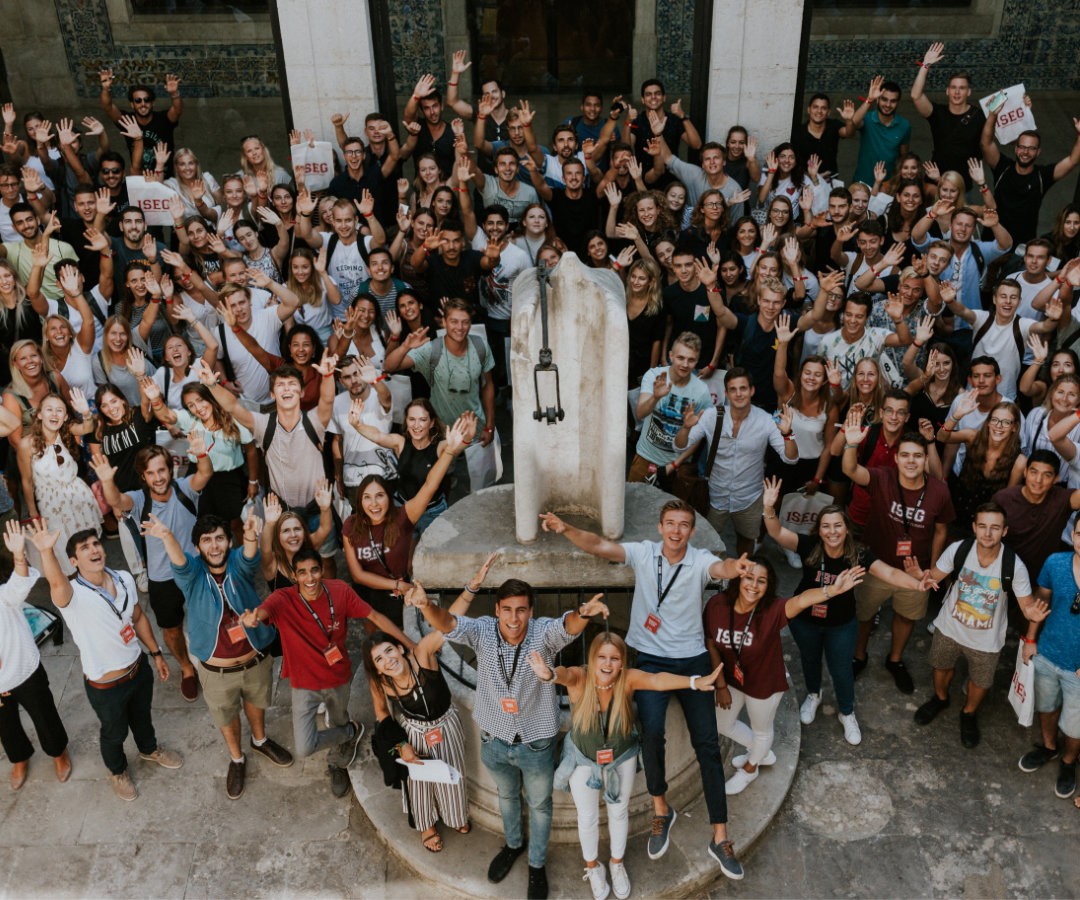Aluno: Karyna Kruk
Resumo
Recently circular economy is high on agenda as it is considered the substitute of linear economy – main source of emissions and depletion of resources. By closing the loop, circular economy aims to use resources that have been extracted already and thus leads to efficient resources utilization, reduction of waste and emissions, produced by companies.
The purpose of this work is to describe how circular economy practices are implemented in furniture industry on the example of IKEA, the largest retailer and manufacturer in the industry. Even though circular economy and its practices are of current interest, research on this topic is not consistent and sometimes contradictive. This way, the current work aims to contribute to the more detailed understanding of the concept of circular economy practices through the critical review of the literature on the related topic, as well as collecting empirical data in the industry that is considered traditional and hence characterized by the low overall level of circularity, with the goal to facilitate shift to CE in furniture manufacturing industry.
In this study qualitative method of descriptive character was used as a research design, which allowed to gain the insight on the topic under research. Research strategy chosen for the current work was a case study with interviews as the main source of data collection, complemented by data received from documentation and direct non-participatory observation.
This research allowed us to conclude that circular economy practices implemented by IKEA consist of majority of R practices along with designing products for circularity, reverse logistics, customer awareness and extended manufacturer responsibility. It was also concluded that IKEA finds circular mindset, trainings, collaboration and technology as enablers of CE. In terms of barriers, this study came to the conclusion that IKEA faces lack of infrastructure for composting and recycling, need of technologies, lack of renewable analogues for some materials along with economic and regulatory barriers. Main ecological results achieved by IKEA by 2022 is reduction of 12% footprint, comparing to baseline and 6% reduction in comparison with 2021.
Trabalho final de Mestrado
